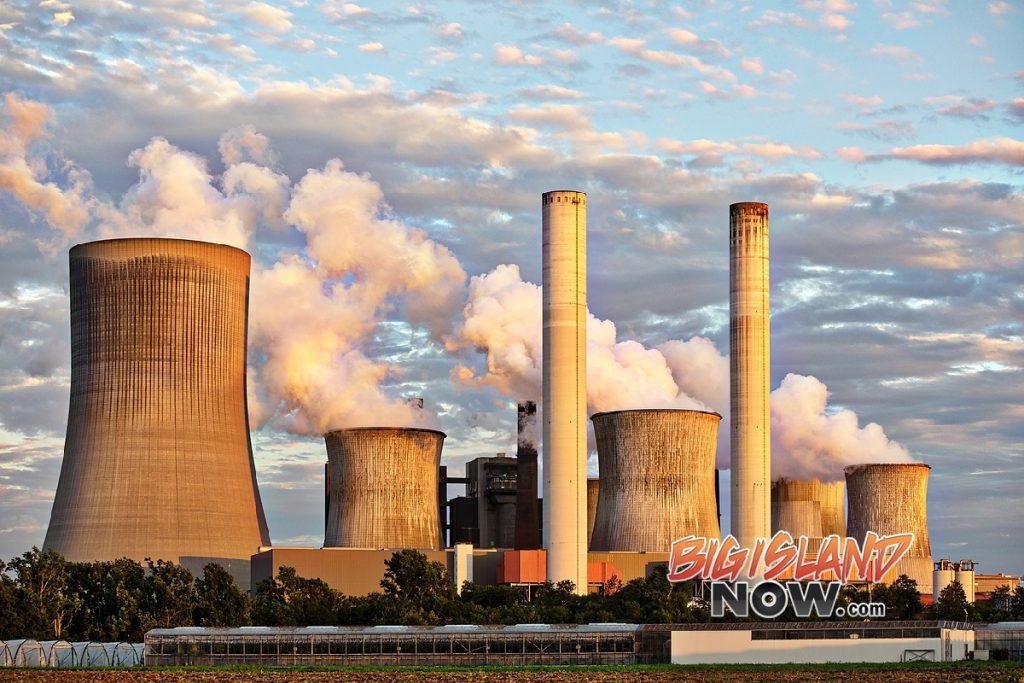EPA Proposes Weakening Clean Power Plan
 President Donald Trump’s administration released a plan on Tuesday, Aug. 21, 2018, to regulate carbon dioxide emissions at power plants, undercutting former President Barack Obama’s Clean Power Plan, a much broader effort to slash planet-warming gases.
President Donald Trump’s administration released a plan on Tuesday, Aug. 21, 2018, to regulate carbon dioxide emissions at power plants, undercutting former President Barack Obama’s Clean Power Plan, a much broader effort to slash planet-warming gases.
The U.S. Environmental Protection Agency proposal would give states wide latitude for determining how to cut greenhouse gases from the power sector.
The proposed rule is far narrower than the Obama plan, which sought to cut emissions across the power sector rather than at individual plants only.
U.S. Sen. Brian Schatz (D-Hawai‘i) released the following statement on Aug. 21, slamming President Trump’s proposal to rollback the Clean Power Plan:
“President Trump’s proposal is full-fledged climate denial. It gives coal companies the green light to pollute the air we breathe and the water we drink. This proposal flies in the face of scientific fact, morality, and America’s leadership. The good news is that the clean energy revolution cannot be stopped. And while this administration continues to ignore the reality of climate change, clean energy is growing in states and countries around the world.”
Under the Trump plan, the EPA aims to make power plants more efficient to meet emissions goals. It would allow the facilities to make upgrades without triggering requirements. The existing regulatory program requires facilities to undergo additional permitting and add pollution controls when upgrades would create significantly more emissions.
News sources report that Democratic state attorneys general and environmental groups aim sue the Trump Administration over the proposal on the grounds that it doesn’t adequately address greenhouse gas emissions from burning coal.
The plan will be open for public comment, and EPA said it plans to issue a final rule early next year.
Once finalized, states would have three years to submit a compliance plan. The EPA would have one year to approve or deny those state blueprints. If a state failed to submit an adequate plan, the EPA would impose a federal option within two years.














